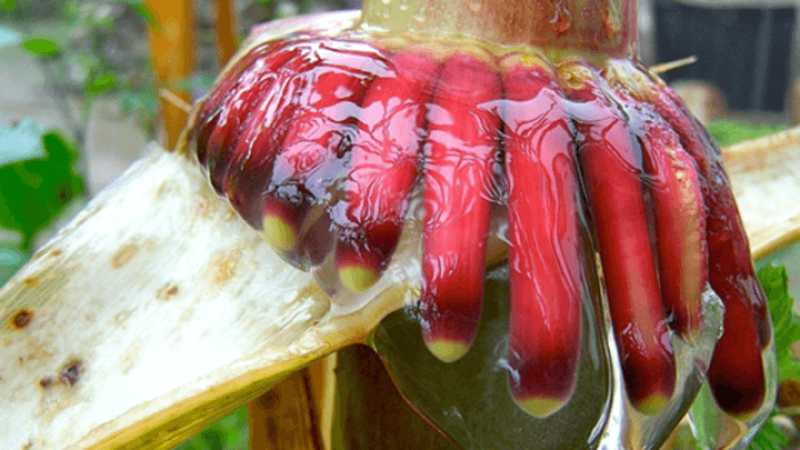In a 1979 visit to Totontepec, a small town in Oaxaca, Mexico, naturalist Thomas Boone Hallberg marveled at the local maize. The plants grew nearly 20 feet high in nutrient-poor soil, even though local farmers did not apply any fertilizer.
…
The maize had aerial roots that grew a mucous-like gel just before harvest season. It seemed impossible, but Hallberg wondered if the maize was fixing its own nitrogen: extracting it from the air and somehow making it usable for the plant.
…
[In August 2018], researchers from the University of California, Davis, the University of Wisconsin, and Mars Inc. — the global food and candy conglomerate — published the results of a 10-year study in PLOS Biology, describing how bacteria that thrive in the low-oxygen environment of the maize’s mucus pull nitrogen from the air and feed it to the plant.…
A Mars subsidiary called BioN2 had signed an agreement with a village to share financial benefits from the maize’s commercialization. That village turned out to be Totontepec, a Mixe indigenous community in the mountains of eastern Oaxaca.
…
Still, the situation surrounding Totontepec’s maize raises complex questions about how indigenous communities equitably benefit when research scientists and multinational corporations commercialize local crops and plants …. [Wi]ll the community’s Mixe people receive a significant long-term share of profits ….
Read full, original article: Indigenous Maize: Who Owns the Rights to Mexico’s ‘Wonder’ Plant?































